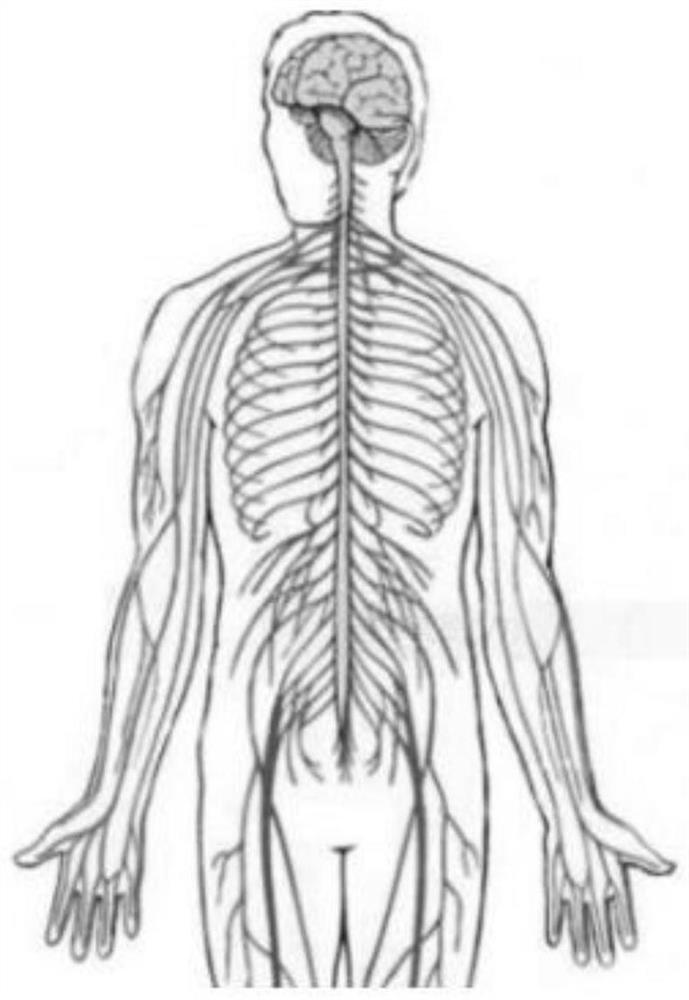Air conditioner temperature adjusting method based on sensory nerve conduction velocity
A technology of conduction velocity and sensory nerves, applied in the field of air conditioning temperature regulation, it can solve the problems of difficulty in collecting environmental parameters and human body state data, inability to apply automatic air conditioning temperature regulation, and the influence of subjective factors, etc., to achieve automatic regulation operation, easy Get and operate simple effects
- Summary
- Abstract
- Description
- Claims
- Application Information
AI Technical Summary
Problems solved by technology
Method used
Image
Examples
Embodiment Construction
[0019] The technical solutions in the embodiments of the present invention will be clearly and completely described below with reference to the accompanying drawings in the embodiments of the present invention. Obviously, the described embodiments are only a part of the embodiments of the present invention, but not all of the embodiments. Based on the embodiments of the present invention, all other embodiments obtained by those of ordinary skill in the art without creative work, any modifications, equivalent replacements, improvements, etc., should be included in the protection scope of the present invention. Inside.
[0020] The human nervous system consists of billions of nerve cells whose function is to recognize, transmit and analyze information from other cells and the environment. The nervous system is further divided into sub-systems such as the sensory nervous system and the motor nervous system. The sensory nervous system is the most sensitive to cold and heat among a...
PUM
 Login to View More
Login to View More Abstract
Description
Claims
Application Information
 Login to View More
Login to View More - Generate Ideas
- Intellectual Property
- Life Sciences
- Materials
- Tech Scout
- Unparalleled Data Quality
- Higher Quality Content
- 60% Fewer Hallucinations
Browse by: Latest US Patents, China's latest patents, Technical Efficacy Thesaurus, Application Domain, Technology Topic, Popular Technical Reports.
© 2025 PatSnap. All rights reserved.Legal|Privacy policy|Modern Slavery Act Transparency Statement|Sitemap|About US| Contact US: help@patsnap.com

